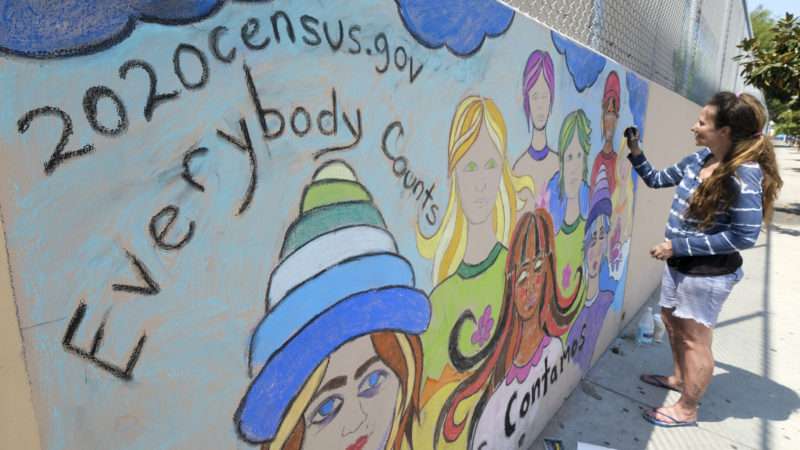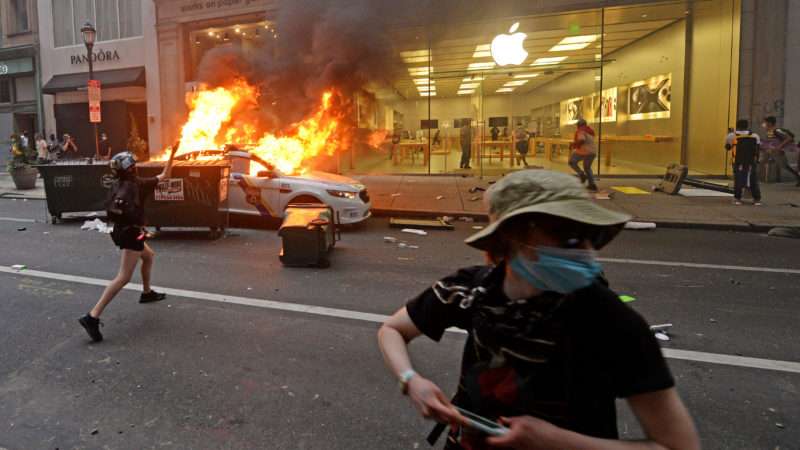Two weeks ago, the Florida Supreme Court ruled that the Governor of Florida made an illegal appointment to that court. Today, SCOFLA (as it is known) has ordered the Governor to make a new appointment by Monday. Here is a brief summary of the dispute:
The essentials of this case are straightforward. The resignation of former Justice Robert Luck created a vacancy in office; the constitution gave the Governor sixty days from January 23, 2020, to fill the vacancy by making an appointment from a list of certified nominees; and, at the time of the appointment, the appointee necessarily needed to be constitutionally eligible for the office being filled. Not having been a member of the Florida Bar for ten years, Judge Renatha Francis was constitutionally ineligible for the office of justice of the supreme court on the expiration of the constitution’s sixty-day deadline. And Judge Francis remains constitutionally ineligible now. Art. V, §§ 8, 11, Fla. Const.
The constitution’s sixty-day deadline to fill this vacancy in office expired many months ago. Yet the Governor has not satisfied his legal obligation to fill the vacancy by making a constitutionally valid appointment. This is true if one views the Governor as having made a null appointment on May 26 (because Judge Francis was and is constitutionally ineligible). It is also true if, as the Governor belatedly suggests in his response to the amended petition, the May 26 “appointment” was a mere “announcement” and not an appointment at all.1 Either approach leads to the same conclusion: the Governor has not complied with the constitution’s clear commands.
The Court defends its “formalism” with a citation to Justice Breyer. Just kidding. This is the sort of decision that would make Justice Breyer spin around in circles. Instead, they cite Justice Scalia.
The constitution’s ten-year Bar membership requirement and sixty-day appointment deadline are bright-line textual mandates that impose rules rather than standards and prioritize certainty over discretion. To some, enforcing rules like these might seem needlessly formalistic when the result is to preclude the appointment of an otherwise qualified candidate. But “formalism,” as Justice Scalia observed, “is what makes a government a government of laws and not of men.” Antonin Scalia, A Matter of Interpretation: Federal Courts and the Law 25 (rev. ed. 2018).
Yet, the Court avoids an actual confrontation with the executive. They do not issue the writ. They merely hope the Governor will follow their ruling, on his own accord.
The Governor must fully comply with this order no later than noon on Monday, September 14, 2020. Because we believe the Governor will do so, we grant the amended petition for a writ of mandamus but withhold issuance of the writ. No motion for rehearing or clarification will be entertained by this Court.
Here, SCOFLA follows in the footsteps of Roger Taney in Ex Parte Merryman. He merely sent Lincoln a copy of the opinion, hoping the President would comply. Of course, the Governor of Florida is a party to this case; Lincoln was not a party to Merryman. (See Seth Barrett Tillman’s excellent article).
Imagine if the federal Constitution had a similar provision, and the President was required to select a Supreme Court justice from an approved list within 60 days after a vacancy arose. Justice Garland, anyone?
H/T Michael Masinter
from Latest – Reason.com https://ift.tt/2Fj1yUo
via IFTTT


